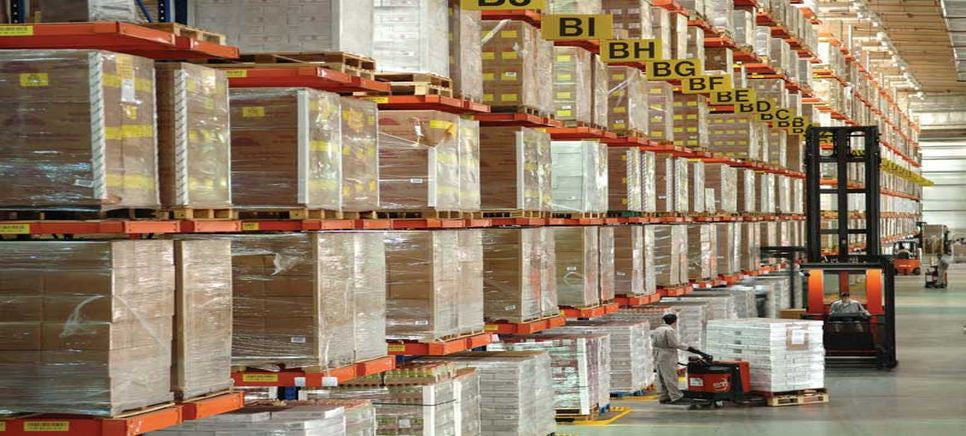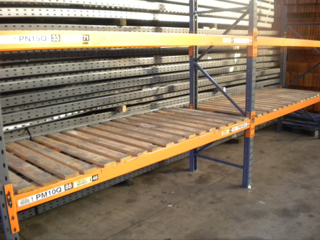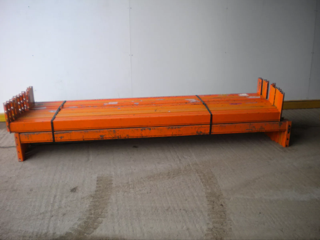2016 has been a game-changing year for the world of warehousing, with a multitude of new innovations and trends taking the spotlight. So what does 2017 hold for businesses in the supply chain and warehousing industries? From new technology to evolving markets, we take a look at the trends that will shape warehouse businesses over the coming twelve months and beyond.
Wearable technology for pickers and staff
With an influx of new wearable devices hitting the market, there’s a real demand for gadgets like smartwatches and glasses in the warehouse environment. Whether it’s a FitBit, an Apple Watch or Google Glass, these innovations are shaking things up at every point along the supply chain. They can certainly make life easier for your warehouse employees, turning them into more efficient and productive workers.
Let’s say, for example, your warehouse has received a large shipment and your staff are tasked with physically counting how many items you’ve received. Rather than doing this manually, or hauling them off to the scales to be weighed, a pair of technologically-advanced goggles or glasses (like Google Glass) could take a count of them in seconds, based on the eye movements of the wearer.
Wearables can also generate enormous amounts of data, which can then be leveraged to make your workplace more efficient. You can track the routes which your workers take to complete certain orders, and examine how you could speed them up. You can even measure your workers’ heart rates to ensure you’re not working them too hard. Will you be jumping on the wearable tech bandwagon in 2017?
The Internet of Things
Where it was once considered an expensive luxury, The Internet of Things (IoT) is now becoming more and more affordable for businesses. Theoretically, if you could hook up all of your machines to the Internet of Things, you could run the entire warehouse over wireless networks, from your forklifts to your delivery bays.
Of course, a warehouse like that is still some way off, but the Internet of Things looks set to cement itself as a demonstrable trend in 2017. By enabling connectivity on as many devices as possible, you can automate simple processes and free up time for your staff to focus on the tasks that only humans can do, whether it’s repairing pallet racking or communicating with customers.
The shift to online purchasing continues
Statistics have shown that an enormous 12% of the UK’s total retail sales now come from online orders – the largest percentage in the developed world. This is largely due to the growth of mobile, with customers now able to place orders on-the-go, without sitting at a stationery computer. The supply chain will need to continue adapting to this change, whether it’s expanding fleets to deal with increased orders, sourcing new couriers for better delivery options, or upgrading pallet racking systems to store more stock on site.
Check out our full range of used pallet racking to help all businesses prepare for 2017. Explore our offers today!



